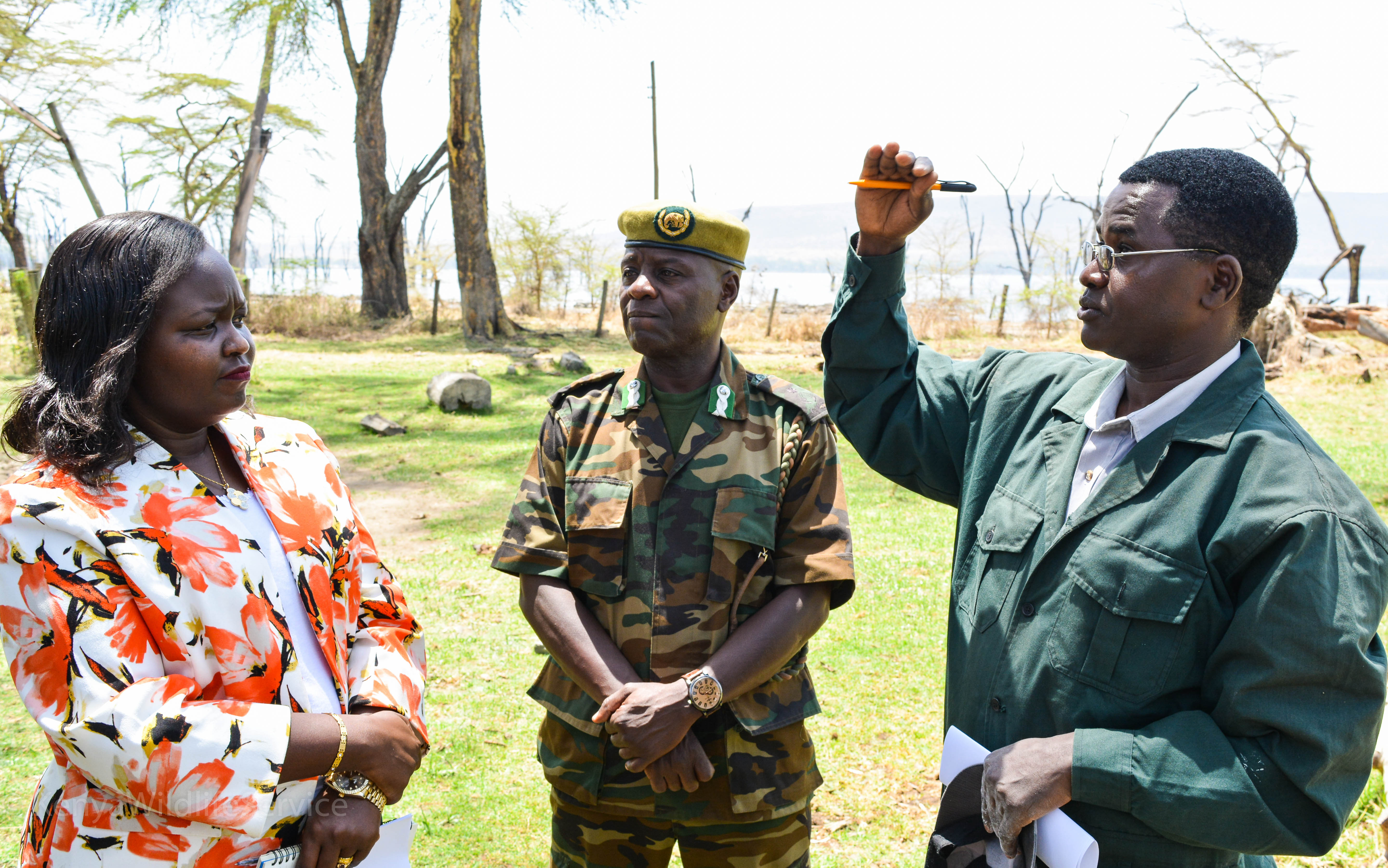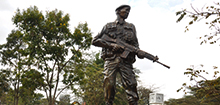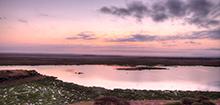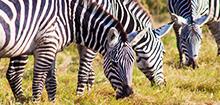
State Department of Wildlife Principal Secretary Dr. Susan Koech today visited Lake Nakuru National Park on a fact-finding mission to assess the effectiveness of responses to the anthrax outbreak.
Dr. Koech was briefed about the situation by Kenya Wildlife Service (KWS) Assistant Director for Central Rift, Aggrey Maumo, Dr. David Ndeere, Head of Veterinary Services and other staff.
She expressed satisfaction at the strategies that are being implemented to contain the outbreak, which has so far claimed confirmed ten (10) buffalos. Samples from four additional carcasses have been taken to the regional laboratory for testing. The park lost buffalos and rhinos in 2015 in a similar outbreak before it was contained.
Addressing journalists after the briefing and tour of the park, Dr. Koech assured tourists that the outbreak had been contained and that they were at no risk. She said the government was closely monitoring the situation to prevent the spread of the disease.
“Visitors to our park are at no risk if they observe park rules on avoiding contact with wild animals and we encourage them to continue with their tours,” Dr. Koech said.
She called on the public to remain vigilant and avoid contact with dead animals or buying meat from unapproved butcheries, where uninspected meat that is unfit for human consumption could be sold.
To prevent any further spread of the disease, KWS dispatched a team of senior veterinary personnel and rangers to the park to vaccinate endangered species, especially rhinos and giraffes, and dispose off buffalo carcasses. White rhinos, which have similar feeding habits with buffalos and interact more with gracing buffalos, have been prioritized for vaccination as they are considered more vulnerable to infection.
So far, 14 white rhinos and four (4) black ones have been vaccinated and plans are underway to fast track the vaccination of the rest of the rhino population in the next 10 days from tomorrow, when a helicopter will be provided from Nairobi.
The park management has intensified ground (foot and vehicle) patrols and is conducting aerial patrols in the mornings and evenings to mop up all buffalo carcasses, disinfect death sites and dispose them off as soon as possible.
A multi-agency group bringing together various government department and agencies, including Public Health, Directorate of Veterinary Services and the Regional Commissioner’s office, are working around the clock to ensure communities nearby the park are sensitized on the precautionary measures to prevent the spread of the disease.
Since one of the causes of the spread of the disease is ongoing prolonged drought, which forces animals to congregate around sources of water, the park management is using a water bowser to supply water to pans spread around the park. The epicentres of the infection seem to be close to fresh water sources where animals congregate.
The first case affecting a buffalo was confirmed to be anthrax on Tuesday 2nd April, 2019 after the death was reported on March 29.
KWS immediately dispatched an advance veterinary team comprising one veterinary officer, two rangers and a driver to investigate any other mortalities that may occur and also oversee the appropriate disposal of the carcass.
On Wednesday last week, a total of seven (7) buffaloes and one (1) waterbuck carcasses were discovered, prompting KWS management in Nairobi to dispatch another veterinary officer and a laboratory technologist to assist in sampling and disposal of the carcasses. Some of the carcasses have been sampled, analyzed and confirmed to be anthrax cases at the Regional Veterinary Investigation Laboratory in Nakuru.
Appropriate equipment for disposal of the carcasses were obtained and disposal started in the afternoon following recommendations for control of anthrax. Three (3) more buffalo carcasses were also discovered on Thursday evening.
Given the virulence nature of Bacillus anthracis, the causative agent of anthrax, urgent measures have been taken to prevent spread of the disease to other animals in the park, especially endangered species. These measures include: sampling all carcases for laboratory confirmation, immediate and appropriate disposal of suspected anthrax cases to prevent environmental contamination and cut off any potential sources of infection to animals, disinfection of suspected anthrax carcasses’ sites, enhanced monitoring to facilitate early detection of carcasses before they are dismembered by scavengers, thus causing environmental contamination.
Anthrax is a zoonotic disease and, therefore, adequate measures need to be taken to prevent any spread to first-line personnel involved in the handling of suspected carcases. Already, prophylactic treatment to all the KWS personnel involved has been done, while Personal Protective Equipment (PPE) have been provided. There is low risk of infection to people who do not come into contact with the carcasses.





